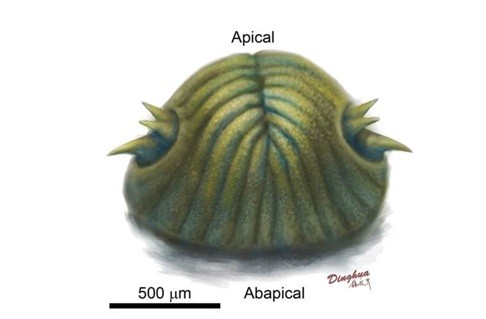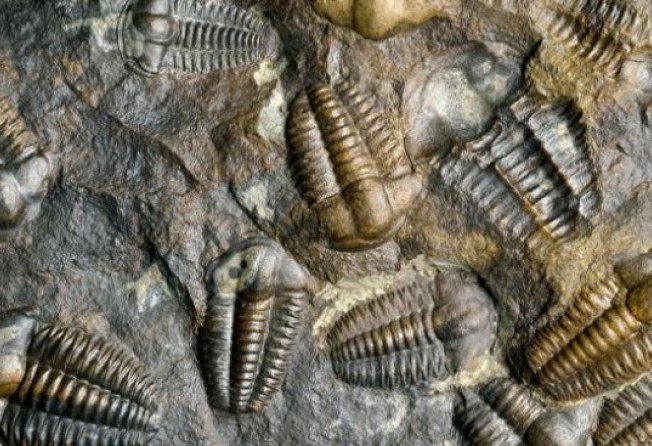
Is this the oldest and weirdest ‘kid’ on the planet? Scientists find 535-million-year-old larva lacking mouth and anus

Chinese scientists have discovered the world’s oldest-known larva and it features a bewildering and unique anatomical make-up suggesting it was not an adult, they announced this week.
Although it does not resolve the issue, this taps into a long-running debate in evolutionary developmental biology, with opposing camps divided as to whether ancestral forms of multicellular, eukaryotic organisms (Metazoa) were larvae or adults.
The question has for decades haunted biologists studying early life forms. Because their features are so primitive, with much detail lost during fossilisation, it has been hard to pin down at which stage in their evolution the remains were discovered.
Careful observation with a high-definition electron microscope showed that the latest find, a creature called eolarva kuanchuanpuensis, had no need to forage for food because it lacked a mouth, the team said.
Its source of nourishment remains unclear, but it may have had to survive on something akin to egg yolk, pundits said. Either way, it would not have been able to survive for long unless it went through a significant metamorphosis during its lifespan.
“An anus may also be absent,” wrote professors Dong Xiping and Zhuang Huaqiao in the paper they co-authored for this month’s Science Bulletin journal. The study was jointly conducted by Peking University and Chinese Academy of Sciences.
“This type of body [structure] differs from that of any known animal phylum [group],” they added.
The absence of mouth and anus ruled out the possibility that it was an adult.
A couple of specimens, each measuring about one millimetre wide, were found in western China. They are believed to date back 535 million years, making them far older than less mature forms - or fossils - of the same or similar creatures that have been recorded.
By way of comparison, an ancient crab larva found in Germany earlier this year was found to be just 150 million years old, or less than one-third the age.
The researchers ruled out the possibility that the most recent discovery would have absorbed organic matter from its surroundings through its “skin” in order to survive, because the creature’s surface area was too small in relation to its body mass for this to be self-sustaining.
Larva that bears little or no resemblance to the adult form of the species in its body structure has been observed among very simple forms of life.
Some forms of sponge, for example, are active swimmers during their primary form as larva but after growing to adulthood their body becomes inactive and does not change location until their death.
However, these are not as sophisticated as the most recently unearthed larva.
Detailed reconstruction of its internal structure revealed that the eolarva had a “brain”, with the presence of a nervous system and the concentration of neural cells in the uppermost part of its body.
Sponges lack brains and nerves.
The larva, which would have lived at the dawn of Cambrian period during the Paleozoic Era, managed to survive at a time when many animals had developed hard shells to protect themselves from hostile environments and predators.
Yet it was unusually tender, vulnerable almost, with skin “that appears to be rather soft in places,” the researchers reported.
Dong and Zhang observed three pairs of tentacles extending from its sides, which could be used for swimming or self-defense, they reported.
The fossilised remains were trapped inside a large piece of limestone, itself retrieved from sediment containing a high proportion of calcium phosphate at the Shizhongguo formation in Shaanxi province. Removing the specimen from the rock was just one of the challenges the team faced.
The researchers crushed the rock into walnut-sized pieces and dissolved the inorganic material in acetic acid. They then sorted the residue manually using special microscopes to look for traces of fossils.
Only two specimens were considered well-enough preserved to merit scientific examination, they said.